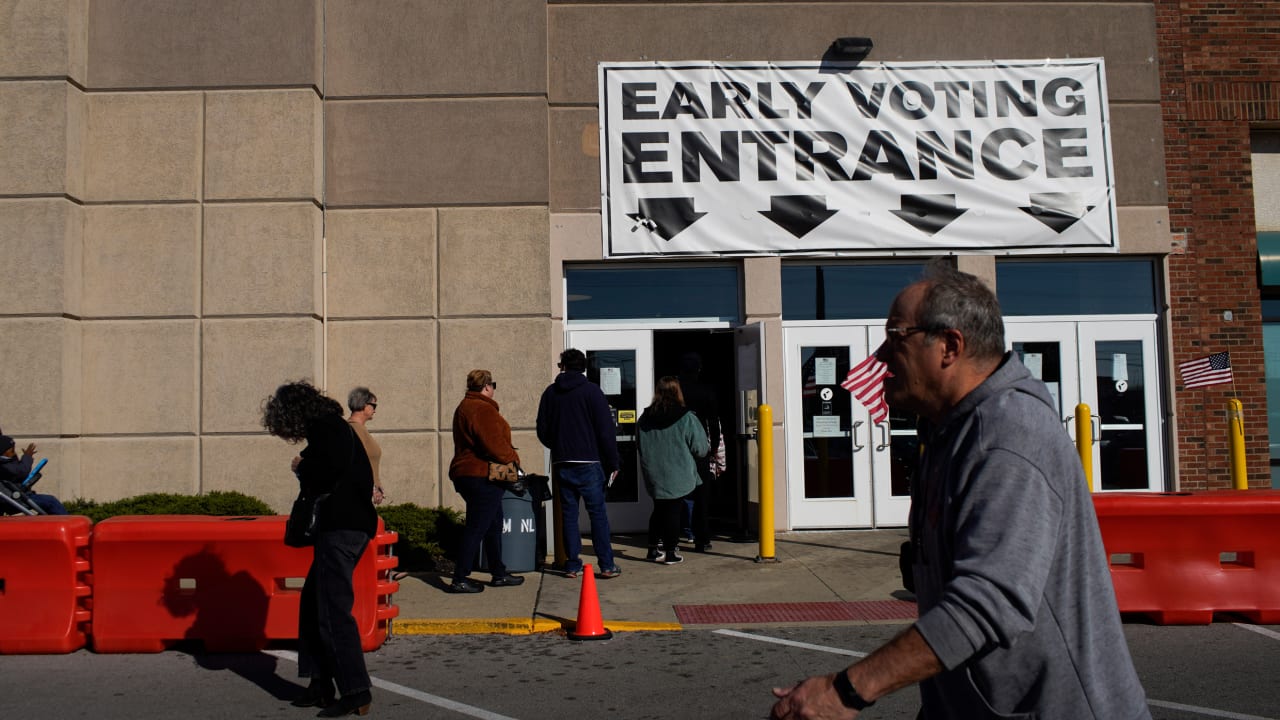[ad_1]

Ohio voters weighed in on Issue 1, a closely watched ballot initiative that sought to enshrine abortion rights in the state’s constitution. In recent months, polls had indicated that a majority of residents would vote in favor of the amendment—a prediction that was borne out in this week’s election, when the amendment passed with over 1.7 million votes and over 55% of the vote as of 10pm Tuesday night.
Activists on both sides of the issue have looked to Ohio as a signal of how abortion will fare on the ballot in other states come next year, when several other initiatives are likely to be put to a vote. Much like the ballot measure that passed in Michigan during the midterm elections last November, Issue 1 aimed to establish a “fundamental right to reproductive freedom” for Ohio residents by proposing a constitutional amendment that would empower them to “carry out one’s own reproductive decisions.”
At the moment, abortion remains legal in the state of Ohio until 22 weeks into a pregnancy, despite a six-week ban that was originally passed in 2019 and went into effect following the Supreme Court’s decision on Roe v. Wade last year. (The ban was blocked by an injunction issued by a lower court, which has since been appealed and is currently awaiting a ruling by the Ohio Supreme Court.)
Back in August, Ohio voters were presented with another ballot measure—which also went by the name Issue 1—that was intended to undermine this week’s initiative, by mandating that constitutional amendments should require 60% of the vote rather than just a simple majority. But the measure failed to pass, much to the disappointment of anti-abortion advocates who had hoped Ohio might offer a model for how other states could shield themselves from attempts to get abortion on the ballot.
The two ballot measures—and their identical names—reportedly left some Ohio voters confused about the language of this week’s proposal. It didn’t help that, unlike similar efforts in other red states, voters were being asked to approve a change to the constitution, rather than reject an anti-abortion amendment. Anti-abortion activists in the state also spread misinformation about the scope of the amendment, according to the New York Times.
This year, Ohio was the only state to get an abortion-related amendment on the ballot. But ballot measures like this one have proven surprisingly successful since Roe v. Wade was overturned last year. With near-total abortion bans on the books in Ohio and other states, ballot initiatives could help ensure those laws don’t get reinstated. (Abortion rights groups have pointed to the rape victim who was forced to travel to Indiana to obtain an abortion when Ohio’s six-week abortion ban was temporarily in effect last year.)
Abortion advocates have pushed to get the issue on the ballot in a number of states, from progressive strongholds to conservative states where abortion rights have long been under attack. And so far, their strategy seems to be working: Voters in six states—including red states like Kansas and Kentucky—have responded to ballot initiatives by backing abortion rights, even in states that helped elect Donald Trump in 2020. Looking ahead to next year, campaigns to get abortion on the ballot are already underway in states like Florida and South Dakota.
[ad_2]
Source link

Comments are closed.